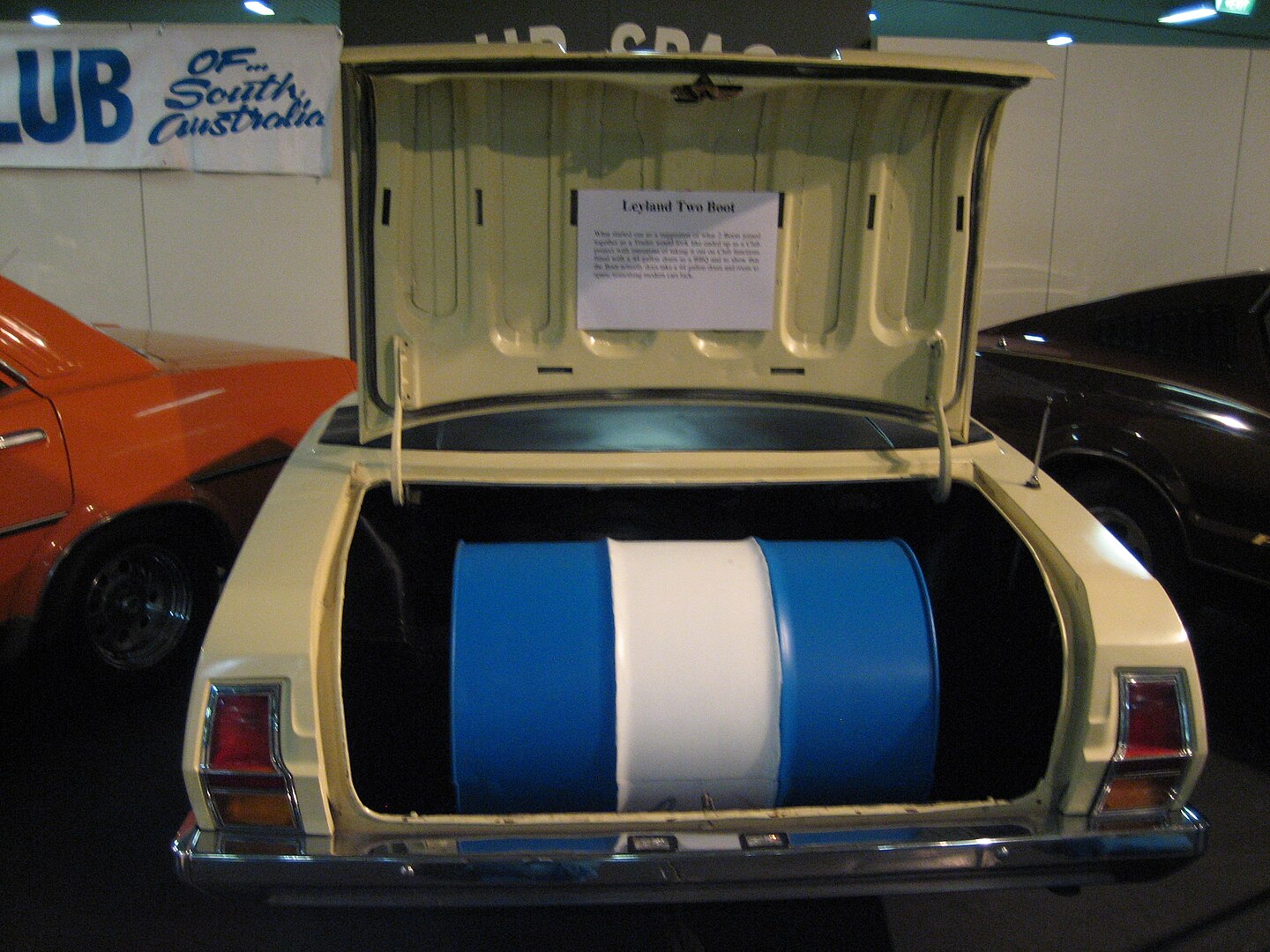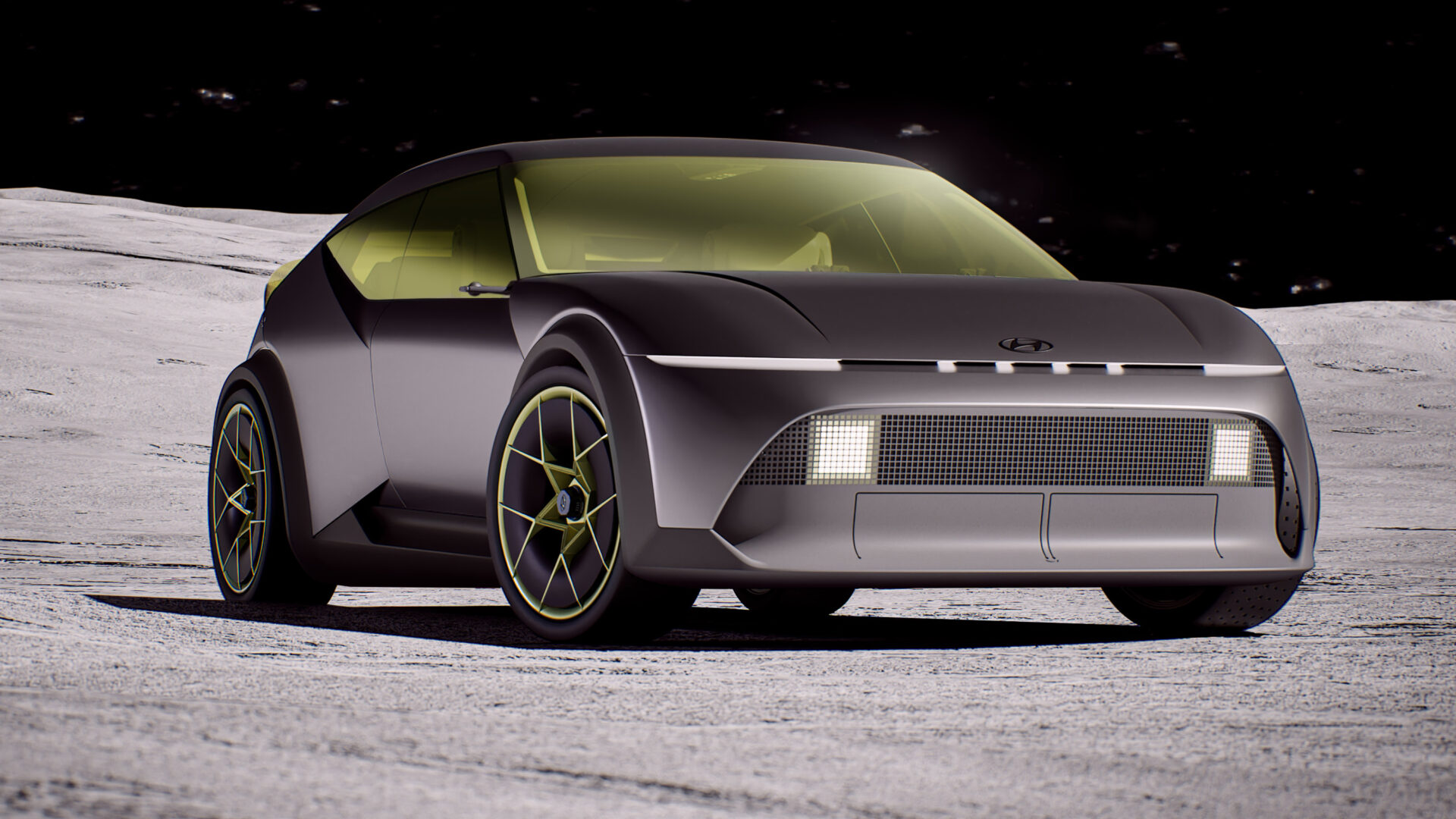Toyota’s youth-oriented but Boomer-bought compact SUV has already had its first minor tweak and now includes the series hybrid version.
Setting aside the dire name – C-HR means “Coupe – High Riding” – there is a great deal to like about Toyota’s tiny SUV. The price isn’t one of those things – we’ll get to that – but it’s a lovely, clean-sheet design that surprised me greatly the first time I drove it.
It was bolder than anything else in the segment, it was thrifty and popular from the get-go. It has a very cool interior, if not especially practical, but built on Toyota’s TNGA platform, it’s nice to drive and feels a lot more expensive than it is.
There were a few things to dislike, too – the world’s second-worst media system, the hopelessly inadequate CVT and the leisurely performance from the otherwise-excellent 1.2-litre turbo.
For 2020, a few things have been ironed out and there’s hope that the Hybrid powertrain will deliver where the CVT can’t.
How much is a Toyota C-HR Koba Hybrid and what do I get?

Koba 2WD Hybrid: $36,440 + ORC
$36,440 is $2500 more than a Koba front-wheel drive 1.2-litre turbo, so it’s a solid gain for pleasure of better fuel economy and the blue-tongued grille.
You get new-for-2020 18-inch alloys, dual-zone climate control, around-view cameras, keyless entry and start, active cruise control, LED fog lamps and daytime running lights, sat nav, auto LED headlights, front and rear parking sensors, leather wheel and shifter, electric folding and heated mirrors, power windows, and a space-saver spare.
I was a bit disappointed to step in and see the same screen atop the dash. It’s run by very dodgy software and powers a six-speaker stereo. The hardware itself is not too flash either, with terrible resolution and the colours are washed out.
What did please me is the very late arrival of Apple CarPlay and Android Auto, along with the re-siting of the USB port. You used to plug it in on the head unit itself and it looked horrific and it was not very convenient either.
Oddly, there is just one free colour, Hornet Yellow. Another $450 gets you a contrasting roof with all colours. $500 buys you Ink, Nebula Blue, Oxide Bronze, Graphite (grey), Inferno (orange), Feverish Red, Shadow Platinum silver) and Crystal Pearl (white). So if you want a non-free colour and contrasting roof like the car I had, it’s another $950. Cheeky.
Safety – 5 stars (ANCAP, March 2018)
The C-HR packs seven airbags (including a driver’s knee airbag), ABS, stability and traction control, blind-spot monitoring, forward AEB (low-speed with pedestrian detection), forward collision warning, lane departure warning with steering assistance and reverse cross-traffic alert.
This is a pretty good package, especially considering the C-HR dukes it out at the loaded end of the Mazda CX-3, Hyundai Kona and Kia Seltos ranges.
You also get two ISOFIX points and three top-tether anchor points for baby seats and child seats.
Warranty and servicing
5 years/unlimited kilometres
5 years fixed-price servicing
Toyota’s excellent five-year/unlimited kilometre warranty also has a two year extension on the engine and transmission if you keep servicing with Toyota.
Which is hardly a chore, because it’s only $195 per service and, unlike some Toyotas (and Japanese rivals), the service intervals are set at 12 months/15,000km.
You do have to pay for roadside assist, though, which is a bit stiff. Then again, it’s a Toyota, so…
Look and feel

The C-HR is a terrific-looking thing. It’s not pretty, no, but really, the only pretty compact SUV is the CX-3. Toyota’s designers went for bold and they nailed it. I’m a particular fan of the front view and the new headlights on the Koba are slightly cleaner-looking, which is a bonus. The side view is also impressive apart from that horrendous rear doorhandle up in the top corner of the door. Hard to reach, not nice to look at, but it does disappear when you step back a bit.
The rear is striking but I still think the taillights are too big. No mistaking it, though.

This is a genuinely lovely interior. It’s full of lovely details and you can see a couple of new things. The first is the illusion of Apple CarPlay (and Android Auto) on the central screen. You can also see that the USB port is down in the console rather than up in the screen itself. The whole touchscreen arrangement has some cheap shortcut buttons, so it’s a bit nasty. Only real drama in the cabin.
The front seats are fanastic – something Toyota is doing really well these days – and there are a number of cool choices of texturing and patterning, including in the headlining.
Rear seat accommodation is quite good given how small is the C-HR. It’s better than the CX-3 by a long way, but is beaten by Kona, Seltos and smashed to bits by Qashqai, Kadjar and HR-V.
You get four cupholders in the car. The rears are in the door cards (pictured) which makes up or the lack of armrest. The boot starts at a very handy 377 litres and with the seats folded, you get 1112 litres. Front passengers get bottle holders in the doors.
Chassis and Drivetrain

The most important bit about this C-HR is the hybrid drivetrain. Out goes the 1.2-litre turbo and in comes the 1.8-litre naturally-aspirated four-cylinder with a CVT and electric motor.
Toyota is always cagey about the figures, but the 90kW combined power is an improvement on the 1.2’s 85kW. Unlike the RAV4 Hybrid, the C-HR is front-wheel drive only. If you want AWD, you’ll have to go back to the 1.2.
The stated torque figure of 142Nm is pretty weedy but also inaccurate – that’s just the figure from the 2ZR-FXE. There’s clearly more because the Hybrid C-HR feels that bit more sprightly than the standard car.
It’s pretty chubby, too, weighing in at 1460kg, which is a lot for a car this size. It’s disappointing that Toyota didn’t try and use the opportunity of the TNGA platform to reduce weight.
The C-HR Koba rolls on 18-inch wheels and 225/50 Bridgestone Potenza RE050As.
Driving

The C-HR is one of the finest compact SUVs to drive. Unusually for a Toyota, it just feels right from the get-go.
Actually, that’s not fair – all of the TNGA Toyotas are really nice to drive but they do share one common issue. They’re all really slow. It’s that last part of the puzzle that Toyota needs to get right, putting a bit of grunt into their cars. At this price point, your Kona or Seltos has a 1.6-litre turbo with a proper transmission, not the silly CVT Toyota persists with.
The hybrid powertrain is really good, though. Unlike the Hyundai Ioniq PHEV’s whirring and clicking, the much more polished Toyota system is seamless. You can trundle along on a very light throttle in electric-only power, which is very nice in traffic. I quite like playing the game of seeing how far I get in EV mode.
But what’s really great about the C-HR is the whole ride and handling compromise. The steering is really nice, with plenty of feel and you know what’s going on under the front tyres.
You can really throw the C-HR around (which makes the power deficit all the more depressing), cornering is flat and predictable. But at the same time, the ride is beautifully sorted.
In the cruise, the C-HR is super-quiet. It might not be cheap, but it feels more expensive than it is.
Competition
The compact SUV segment is a war zone, so I’ll stick with its obvious competitors. None of them are hybrids, so keep that in mind.
I don’t want to mention it, but the Mitsubishi ASX continues to sell like it’s actually a good car, which is endlessly frustrating. The top of the range ASX Exceed is still cheaper but expensive considering what a dud it is to drive. It looks better in 2020 guise – at least at the front – and is bigger, it’s just not a good car. Thirsty, incredibly cheap-feeling and despite sharing the advantage of a multi-link rear suspension, does nothing with it.
The Hyundai Kona is getting old but up at this level, you’ll get a quick and capable 1.6-litre turbo-powered Elite with tons of gear and a good chassis to go with it. Looks great, too.
Kia’s newest SUV, the Seltos, shares a lot of the mechanicals of the Kona but is bigger in every direction, with a much bigger cabin to more closely match the bigger cars in the class. It’s a terrific car and has a long, long warranty, good resale prospects as a result and they look terrific.
Honda’s HR-V is getting old but is by far the biggest. The turbo 1.5-litre versions are better than the gasping 1.8s but the overall experience is largely forgettable.
Renault’s Qashqai-based Kadjar is very good but pricey and missing some key safety gear. I really liked it and it has a really good ownership proposition. It also drives really well on the better rubber the Intens wears.
Redline Recommendation

The C-HR is a great car. It’s not very fast, no, but the Hybrid version is just good enough for me to say that it’s worth the financial stretch. It’s kind of annoying you can’t get a lower-priced one. If you can’t push up this high, there’s the phenomenally good-value Corolla Hybrid at around $33,000.
The C-HR is uncannily good, even in a segment populated with some great cars. It stands alone – for the moment – in the class as the only hybrid, though, and for some, that’s reason enough. It’s also a vastly more interesting purchase than the ageing and terminally dull Prius C.




Leave a Reply